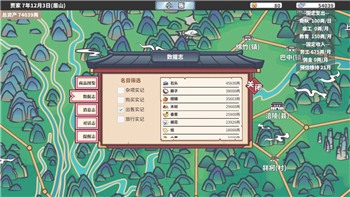加拉巴哥岛濒危陆龟嗜食入侵植物
- 24小时月刊
- 2024-11-30
- 10
Most research on the role of introduced species of plants and animals stresses their negative
ecological
1 impacts. But are all introduced species bad actors? In one fascinating case the answer might be no. The iconic giant tortoises of the Galapagos Islands are thriving on a diet heavy on non-native plants. In fact, the tortoises seem to prefer these plants to native ones., ,Introduced plants began to increase in abundance on the Galapagos Islands in the 1930s as native
highland
2 vegetation was cleared for agriculture, and the rate of introductions has been increasing ever since., ,The giant tortoises, for their part, seem headed in the opposite direction. Until the late Pleistocene
epoch
3, they were found on all the continents except Antarctica. Today they survive in only two locations: the Aldabra Atoll in the Indian Ocean, and the Galapagos Archipelago in the eastern Pacific Ocean. In the Galapagos, all of the remaining subspecies are considered vulnerable or endangered., ,But now in a surprising turn of events, field research in the Galapagos shows that introduced plants make up roughly half the diet of two subspecies of endangered tortoise. What's more, these plants seem to benefit the tortoises nutritionally,
helping
4 them stay fit and feisty., ,The research, published in the March issue of Biotropica, was conducted by Stephen Blake, PhD, an honorary research scientist at Washington University in St. Louis and Fredy Cabrera of the Charles Darwin Foundation in the Galapagos., ,"Biodiversity conservation is a huge problem confronting managers on the Galapagos Islands, "Blake said. "
Eradicating
5 the more than 750 species of invasive plants is all but impossible, and even control is difficult. Fortunately, tortoise conservation seems to be compatible with the presence of some introduced species."
本文由明日于2024-11-30发表在生活百科-红苹果乐园,如有疑问,请联系我们。
文章摘自:http://hpgly.com/post/37268.html











![[流言板]雷尔森传中,穆科科近距离射门打飞](/zb_users/upload/2024/12/3111596453046865195.gif)